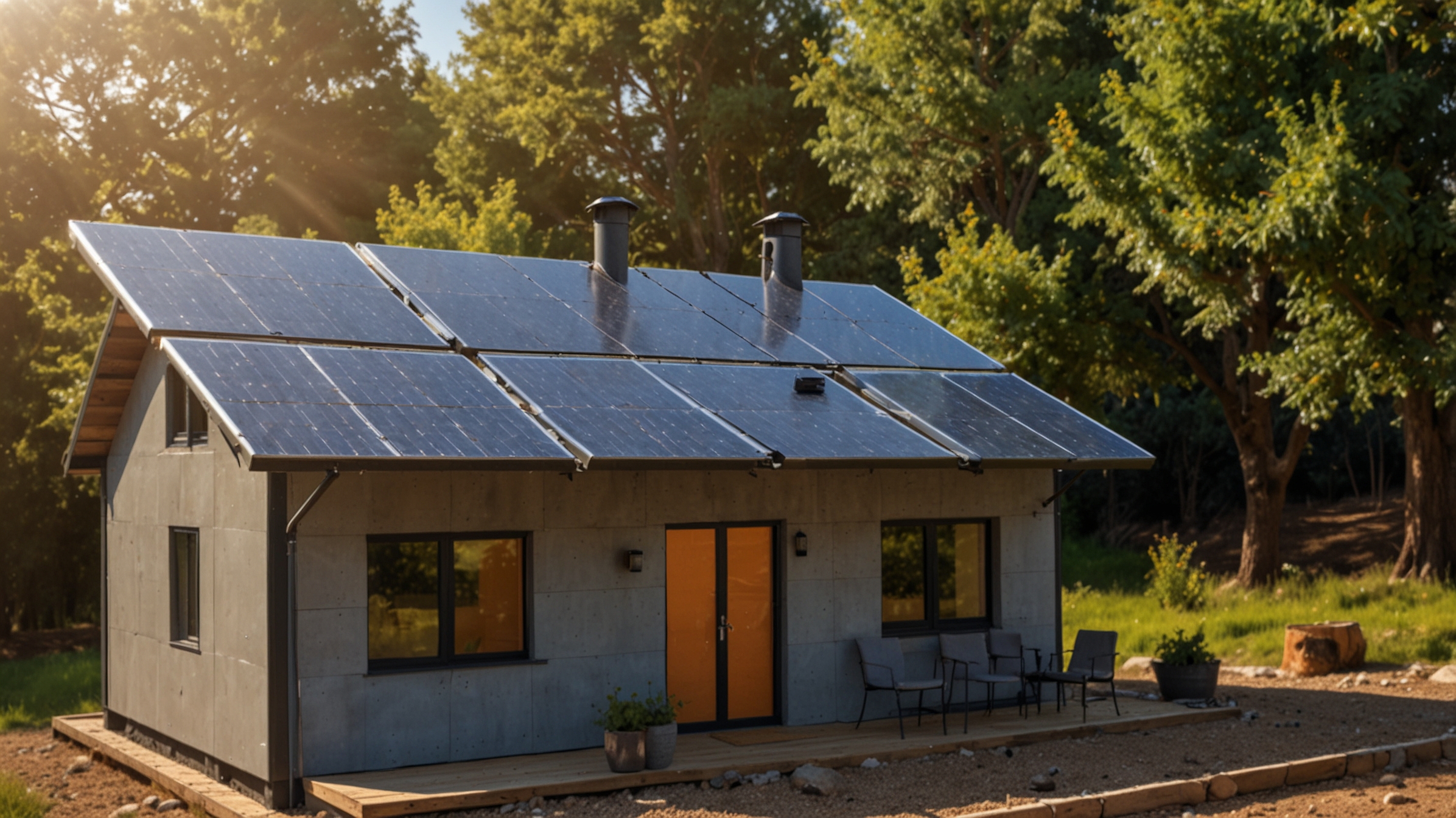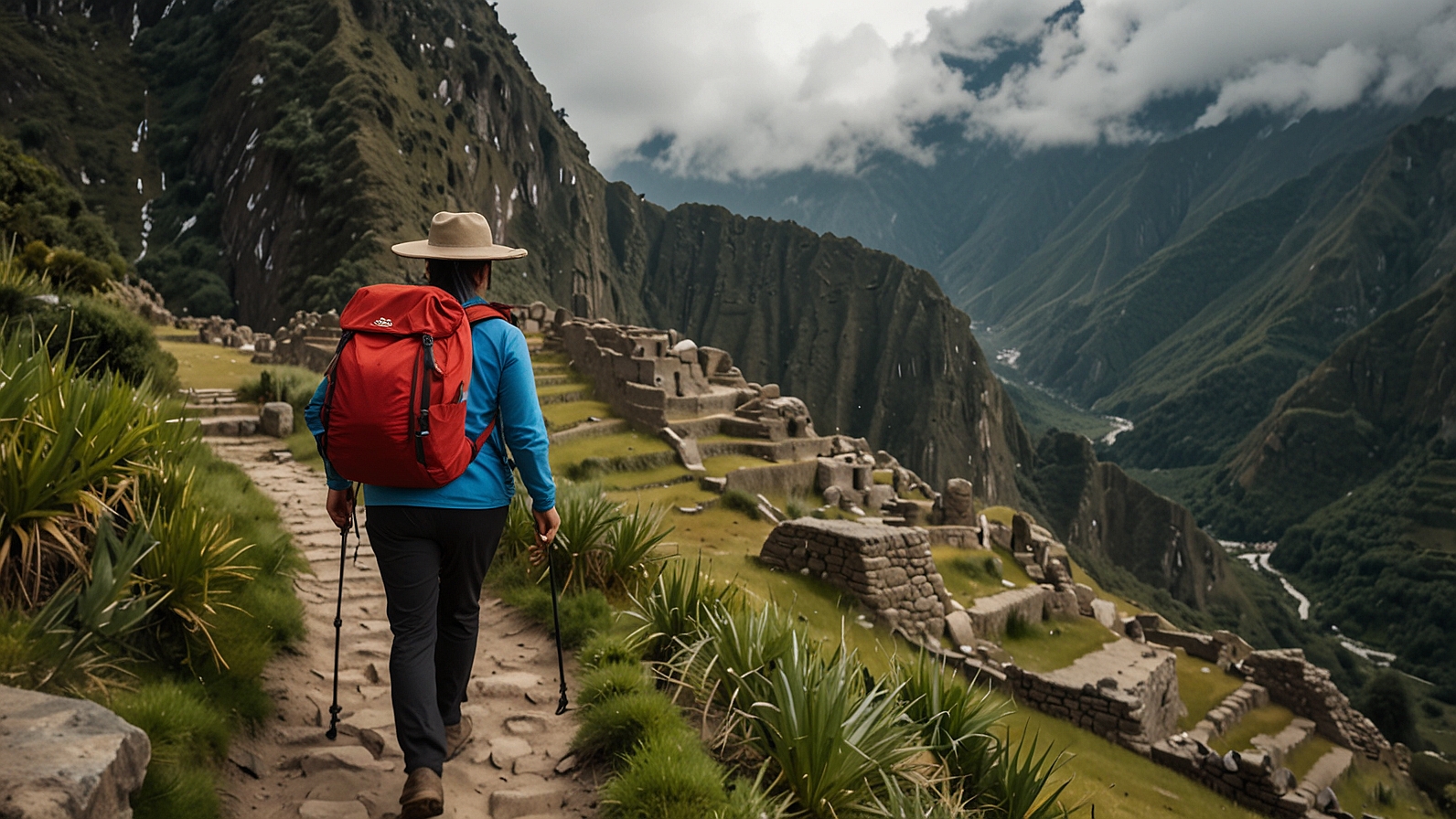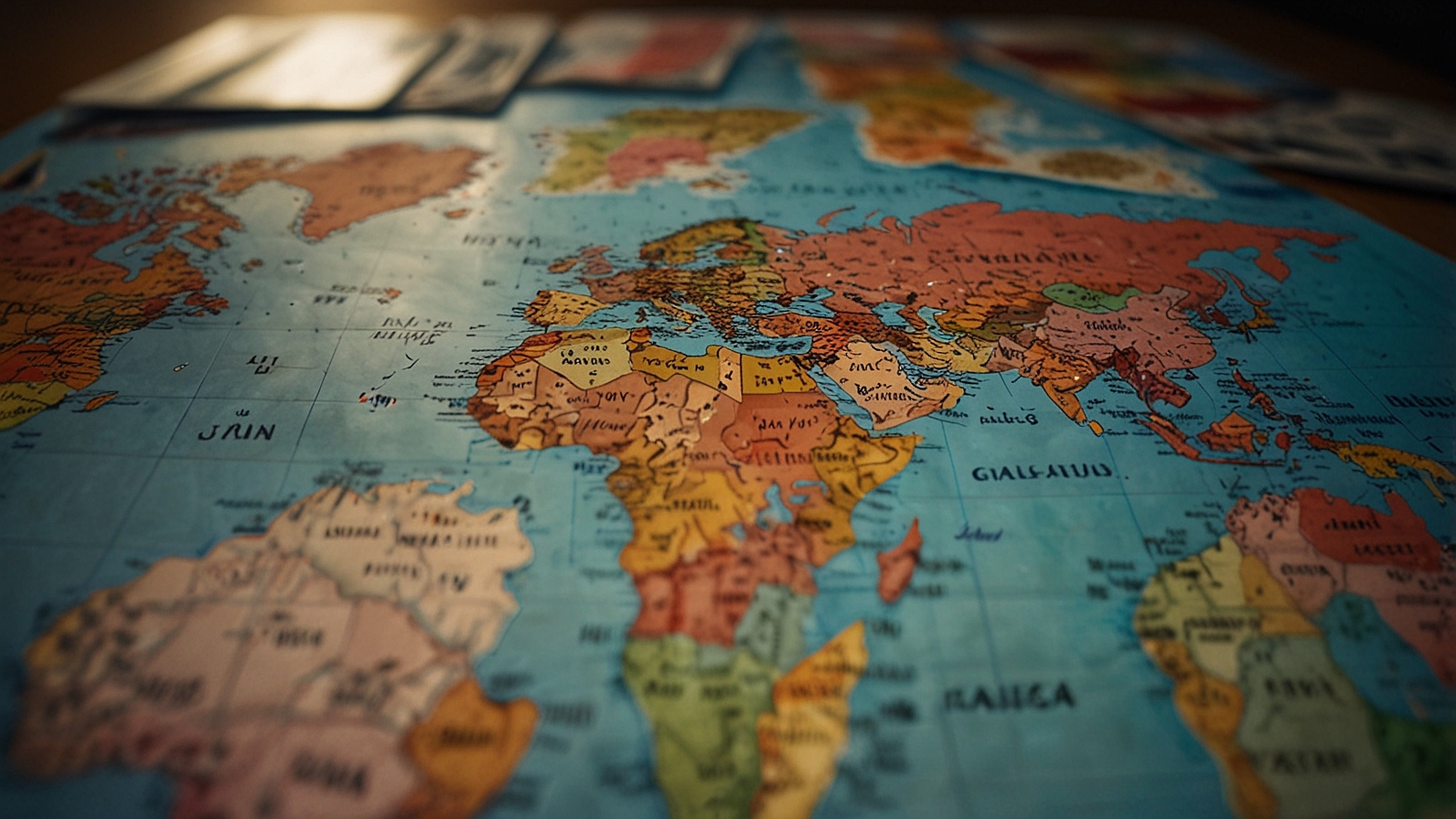As the world grows increasingly conscious of sustainability and energy independence, solar-powered devices are no longer limited to rooftop panels or large farms. Today, innovations in solar technology are fueling a revolution in off-grid living, giving people the freedom to power their lives wherever they choose—without being tied to traditional infrastructure.
From compact gadgets to full home systems, solar tech is making it easier than ever to live sustainably, travel farther, and stay connected even in the most remote corners of the world.
The Rise of Solar Innovation
Advances in solar cell efficiency, battery storage, and lightweight materials have transformed what’s possible. Today’s solar-powered devices are faster to charge, more durable, and more versatile than their predecessors. Portable solar panels can now be folded into backpacks, power banks can charge multiple devices at once, and entire microgrids can run on sunlight alone.
This has opened new doors for adventurers, remote workers, off-grid homeowners, and even urban dwellers seeking more resilience against blackouts and rising energy costs.
Must-Have Solar-Powered Devices for Off-Grid Living
1. Solar Generators and Power Stations
Unlike traditional gas generators, solar generators are silent, eco-friendly, and require no fuel. Brands like EcoFlow, Goal Zero, and Jackery have developed powerful units capable of charging everything from smartphones and laptops to refrigerators and power tools. Paired with portable solar panels, these systems provide an almost limitless source of renewable energy.
2. Solar Lights and Lanterns
Outdoor solar lights have improved dramatically in terms of brightness, weather resistance, and style. Companies like MPOWERD offer inflatable, collapsible solar lanterns perfect for camping or emergencies. Some lights even double as phone chargers, making them a valuable multi-purpose tool for anyone living off-grid.
3. Solar-Powered Water Purifiers
Access to clean drinking water is a top priority when living independently. Solar-powered water purifiers, like those developed by MIT’s spin-off companies, use sunlight to kill pathogens without chemicals. Simple setups can make river or lake water safe to drink, drastically improving off-grid self-sufficiency.
4. Solar Cookers
Solar ovens and cookers are game-changers for sustainable living. Using reflective materials and insulated containers, these devices can bake, boil, and fry food without burning any fuel. Brands like GoSun offer portable models that work even on cloudy days, making meal prep entirely renewable.
5. Solar-Powered Refrigeration
Keeping food fresh without a traditional electrical grid used to be one of the biggest challenges for off-grid living. Now, solar refrigerators powered by direct sunlight or battery backup can safely store perishables. These systems are especially critical in remote areas where food access is limited.
6. Solar Wearables
From backpacks with built-in solar panels to smartwatches that charge themselves with sunlight, wearable solar tech is becoming mainstream. These innovations are ideal for digital nomads and adventurers who need to keep devices powered on the go.
Benefits of Solar-Powered Living
Energy Independence:
Solar allows you to cut ties with the traditional grid, offering freedom from rising utility costs and vulnerability to blackouts.
Environmental Impact:
Using solar dramatically reduces your carbon footprint. Each solar-powered device you add to your lifestyle means fewer fossil fuels burned.
Cost Savings:
Although the upfront costs of solar gadgets and systems can be significant, they typically pay for themselves over time by eliminating utility bills and fuel costs.
Portability and Flexibility:
Today’s solar devices are lightweight, modular, and easy to transport, making it simple to expand or relocate your setup as your needs change.
Things to Consider Before Going Solar
While the benefits are compelling, it’s important to plan carefully when transitioning to solar-powered living:
- Sunlight Access: Solar is most effective with direct sunlight. Shade, weather patterns, and seasonal changes can affect performance.
- Energy Needs Assessment: Accurately estimate your energy needs to select appropriately sized systems and backup options.
- Quality Over Cost: Invest in reputable brands and quality devices to ensure reliability, especially when living far from support services.
- Battery Storage: Without reliable battery storage, solar energy can be inconsistent. High-capacity lithium batteries are a must for round-the-clock power.
The Future of Off-Grid Solar Living
Emerging technologies like transparent solar windows, printable solar panels, and ultra-efficient perovskite cells promise to make solar even more accessible and affordable in the near future. As innovation continues, living off the grid might not just be a niche lifestyle—it could become a mainstream choice for those seeking resilience, freedom, and a deeper connection to nature.
Whether you’re dreaming of a cabin deep in the woods, a vanlife adventure, or just reducing your dependence on the grid, solar-powered devices are opening up exciting new possibilities for sustainable living.














